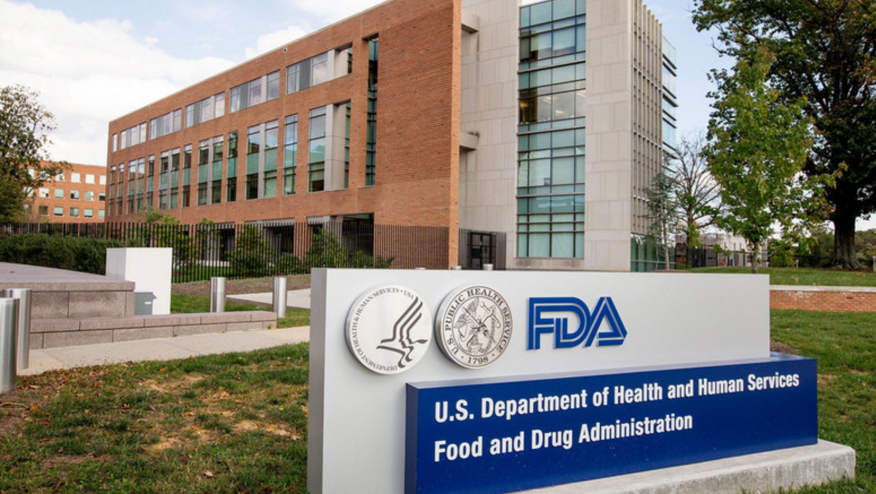"Breakthrough" Drug Designation by the FDA Save

The current issue of the NEJM reviews the Food and Drug Administration (FDA) “breakthrough therapy” designation that was introduced in 2012 to expedite testing and approval of medications that were intended to treat serious or life-threatening conditions. This status is granted when preliminary evidence with a new drug suggests substantial benefits over existing therapies for these unfortunate conditions.
There are numerous examples of this new designation being applied to rheumatology drugs in development, including:
- Breakthrough" status for tocilizumab for Scleroderma - 2015
- Breakthrough status for canakinumab in FMF, HIDS, TRAPS - 2016
- Breakthrough status for tocilizumab for giant cell arteritis - 2016
- Breakthrough status rituximab in Pemphigus Vulgaris - 2017
- Breakthrough" status for tofacitinibin atopic dermatitis- 2018
The breakthrough therapy program is one of several FDA programs designed to expedite drug availability.T he purpose of this designation is to provide expedited reviews and avoid prolonged, placebo control trials in phase 2 development.
The 2012 breakthrough statute offered benefits to sponsors including early meetings with the FDA, timely communication to promote efficient trial design, and involvement of senior FDA officials, with the goal of expediting the approval of promising new drug. The FDA commits to advising on interim analyses, data bridging between studies, study-size reduction, and customized end points.
Breakthrough status has resulted in substantially shorter development and review times than non–breakthrough-designated drugs or nonexpedited drugs (4.8 years vs. 7.1 and 8.0 years, respectively).
The breakthrough-therapy program has placed high resource demands on the FDA, but nonetheless has been associated with shortened approval times for some important drugs. The percentage of drugs that were approved with breakthrough designations was 22% in 2014 and 2015, 32% in 2016, and 37% in 2017.
The question posed is will this expedited pathway actually meet the promise of better drugs, sooner for those with grave medical conditions? Or will this short cut yield marginal clinical benefits while risking the safety of those subjected to these treatments?










If you are a health practitioner, you may Login/Register to comment.
Due to the nature of these comment forums, only health practitioners are allowed to comment at this time.